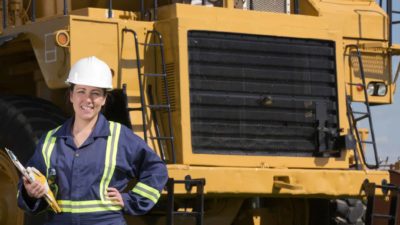The Aussie iron ore miners have been performing strongly in 2019 amid a commodities rebound – but does the Federal Government's budget surplus lean too heavily on iron ore?
How have the ASX miners performed this year?
Fortescue Metals Group Limited (ASX: FMG) has led the way for the ASX-listed iron ore miners this year.
The Fortescue share price has climbed 160.48% since the start of January to be a standout performer on the ASX 200. For context, those capital gains are better than both Afterpay Ltd (ASX: APT) and Nanosonics Ltd (ASX: NAN) in 2019.
Fortescue is the world's fourth largest iron ore miner behind BHP Group Ltd (ASX: BHP), Rio Tinto Limited (ASX: RIO) and Brazil-based Vale.
Strong earnings and a steep sell-off in the second half of 2019 have combined to give Fortescue some huge capital gains this year.
Iron ore prices have rebounded this year largely thanks to stronger demand and a shutdown of Vale's iron ore mines following the 2019 Brumadinho dam disaster.
Fortescue shareholders aren't the only ones benefiting from the commodities boom, with the Federal Government's budget surplus leaning on iron ore prices for revenue.
Is the Federal Government's budget surplus too reliant on iron ore?
The Federal Government's budget surplus is already looking wafer thin. The Liberals are now forecasting a $5 billion surplus after yesterday's Mid-Year Economic and Fiscal Outlook (MYEFO) downgrade.
That's down from the $7.1 billion that was forecast ahead of the federal election, after downgrading expected wage growth and GDP forecasts.
However, the budget surplus does still rely on significant revenue from the country's iron ore exports. While iron ore prices remain elevated this year, increased supply from Vale's revamped mine output could put pressure on the Aussie economy in 2020.
If that's the case, Fortescue shares (as well as BHP and Rio Tinto) could be worth watching in 2020. While the budget surplus itself isn't too vital, a lagging economy could mean trouble for the ASX 200 next year.






